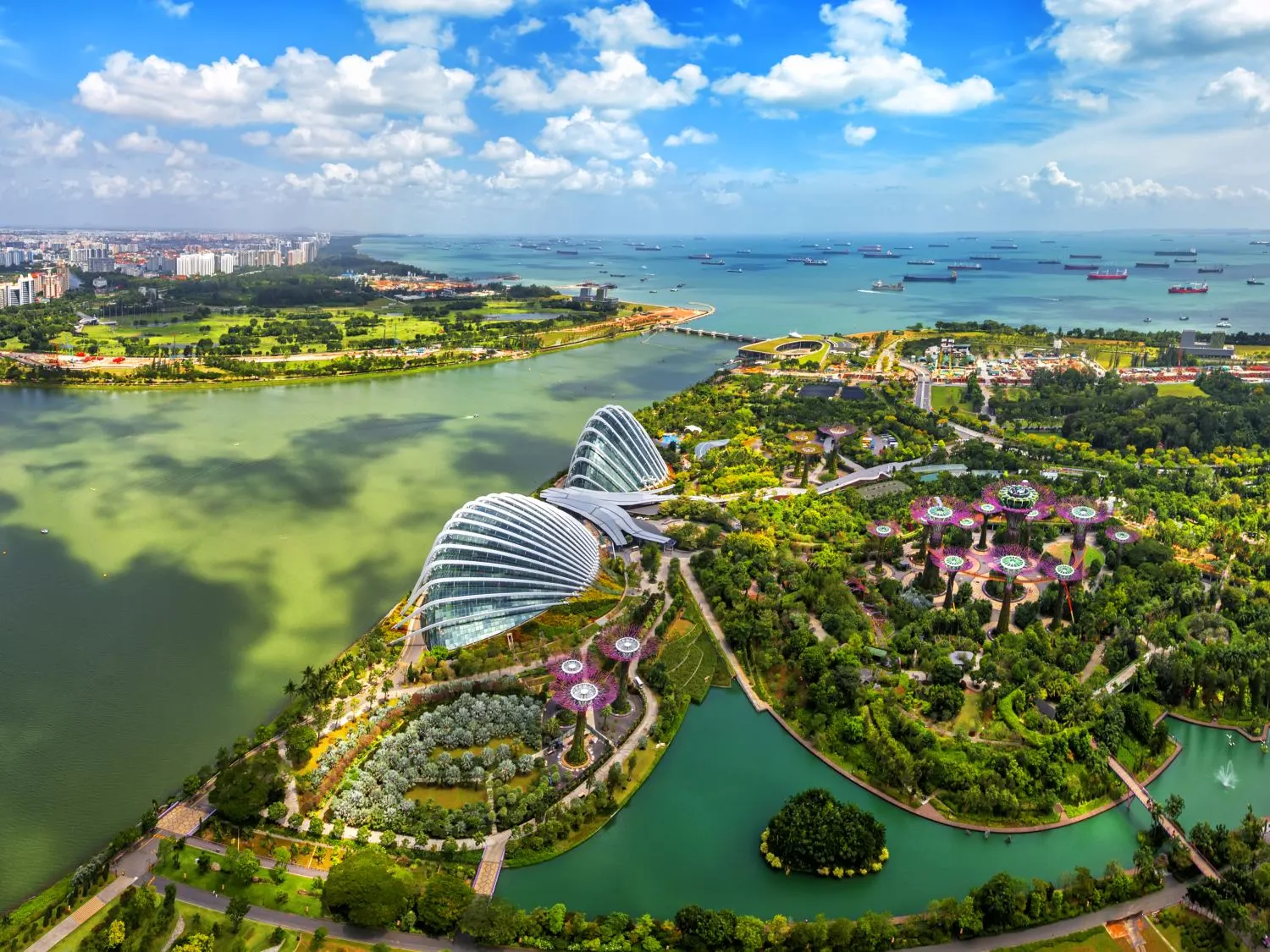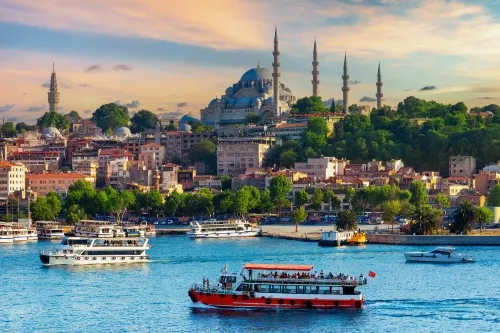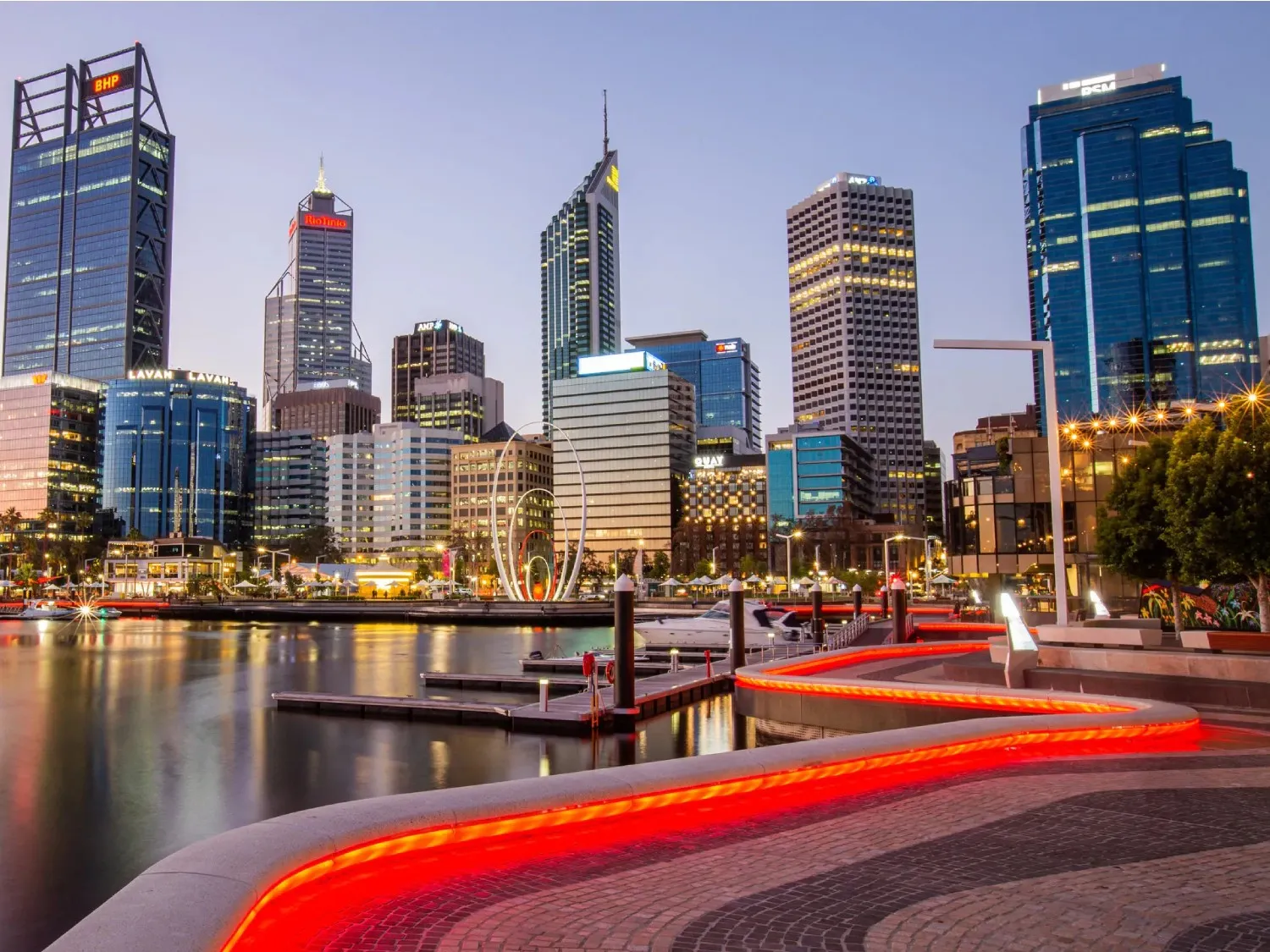Date: 20 February 2025
WTTC forecasts Singapore’s tourism growth to outpace regional rivals
Singapore: The World Travel & Tourism Council (WTTC) today reveals that Singapore is on track to smash its all-time international arrivals record this year, outpacing other major Southeast Asian destinations such as Thailand and the Philippines.
According to the latest research, international arrivals are projected to reach almost 16MN in 2025 – 9.6% above pre-pandemic levels in 2019.
India is fuelling a major tourism surge, with arrivals expected to jump from just over 1.11MN in 2019 to 1.25MN in 2025 — the highest on record.
Despite a slow rebound in outbound travel from China globally, record numbers of Chinese visitors are set to head to Singapore this year, to reach almost 2.8MN, setting the stage for further growth in 2026.
International arrivals to Thailand are also set to break all records this year with a 5% growth, whilst the Philippines will come within touching distance of its previous high of 2019.
Malaysia is expected to see international visitor numbers rise by almost 10% ahead of 2019 levels and is expected to break its previous high reached in 2016, by almost 7% this year.
WTTC President & CEO, Julia Simpson, said “Singapore is setting the pace for global tourism growth, breaking records, and outpacing its regional rivals. With soaring visitor numbers expected from India, and a return of Chinese travellers, the city-state’s tourism engine is running at full throttle.
“This is not just a comeback – it is a transformation. Singapore is leading in innovation and sustainability, and its Travel & Tourism sector is on course to be stronger than ever, driving jobs, growth, and economic prosperity for years to come.”
A Booming Economic Engine
In 2024, Travel & Tourism was projected to pump $66.1BN into Singapore’s economy, accounting for 9.8% of GDP, and support a record 570,000 jobs.
By the end of the decade, the sector is expected to contribute almost $80BN to the economy, 19% above its previous high in 2019.
Travel & Tourism is also forecast to support over 637,000 jobs, marking an increase of over 90,000 more since 2019.
Singapore’s SAF Leadership
Singapore’s greenhouse gas emissions from Travel & Tourism dropped 4.1% per year between 2019 and 2023, reducing the sector’s share from 23.5% to 18.4%.
However, despite being home to the world’s largest SAF plant, low-carbon energy currently powers just under 2.5% of the Travel & Tourism sector.
The upcoming SAF mandate will require all departing flights to incorporate 1% SAF from 2026. In contrast, other major tourism economies, such as the United Kingdom and Japan, have set targets of 10% SAF adoption by 2030.
Boosting the Regional Economy
In 2024, the Travel & Tourism sector was expected to generate nearly $379BN USD for Southeast Asia’s economy, representing 9.7% of the region’s GDP and supporting approximately 42.5MN jobs.
By 2030, the sector's economic contribution is projected to reach nearly $551BN USD — 48% above 2019. Employment in Travel & Tourism is also forecast to hit 51.5MN jobs, an increase of over 10MN since 2019.
Southeast Asia’s Environmental Footprint
Southeast Asia’s Travel & Tourism sector saw an annual decline of 7% per year between 2019 and 2023, reducing its contribution from over 10% to just under 7% of the regional total.
Currently, low-carbon energy accounts for just under 5.5% of the sector’s power supply.
WTTC is urging the government to bring forward the mandate to this year and increase the minimal usage target.
Editors Notes
Compiled using a range of data sources from WTTC and Oxford Economics.
Unless specified, dollar amounts are given in SGD.
Global Summits
The 2025 WTTC Global Summit
Stay tuned for details on our next global summit.




